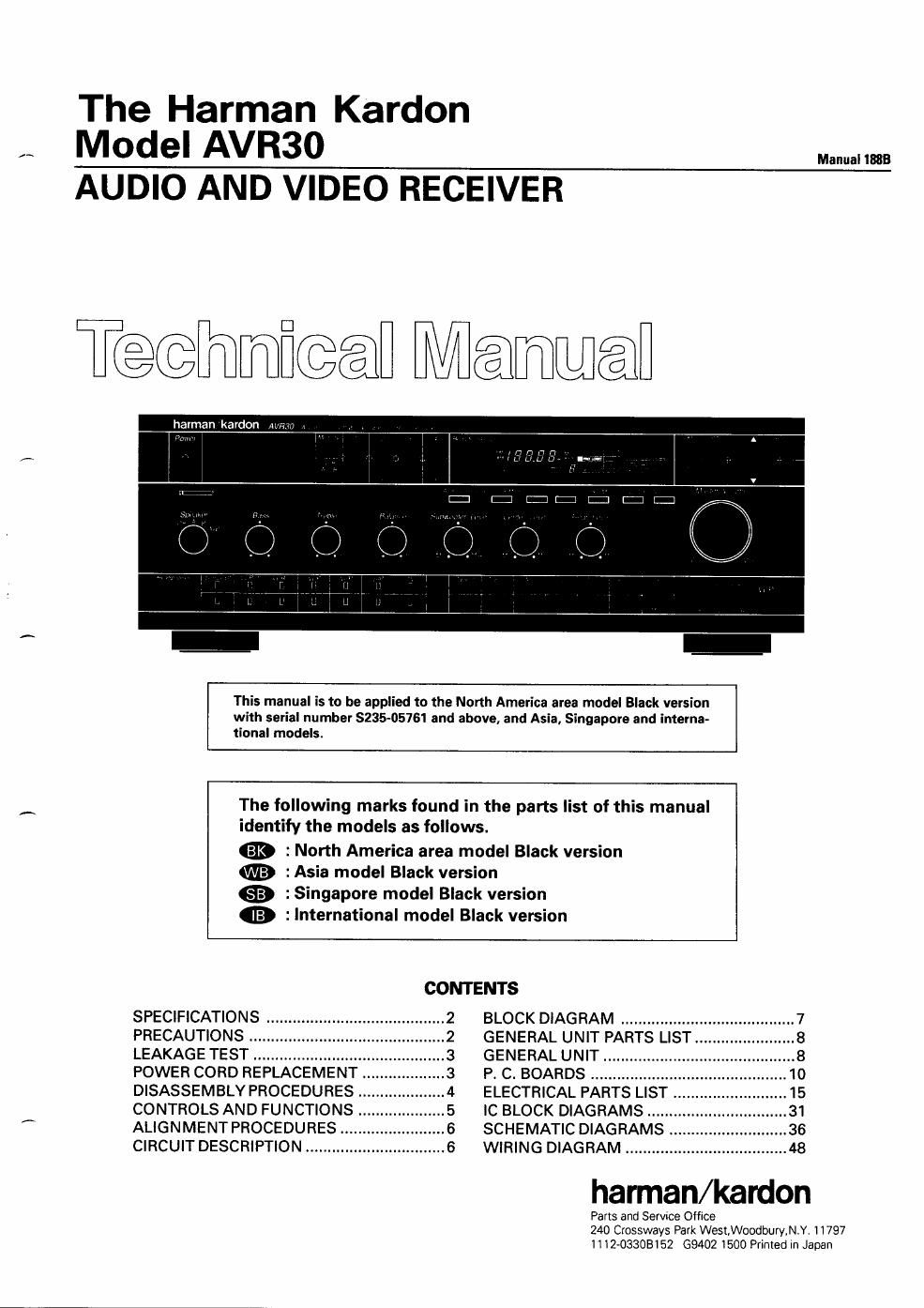Harman kardon avr 30 rec
This is the 78 pages manual for harman kardon avr 30 rec.
Read or download the pdf for free. If you want to contribute, please upload pdfs to audioservicemanuals.wetransfer.com.
Page: 1 / 78
